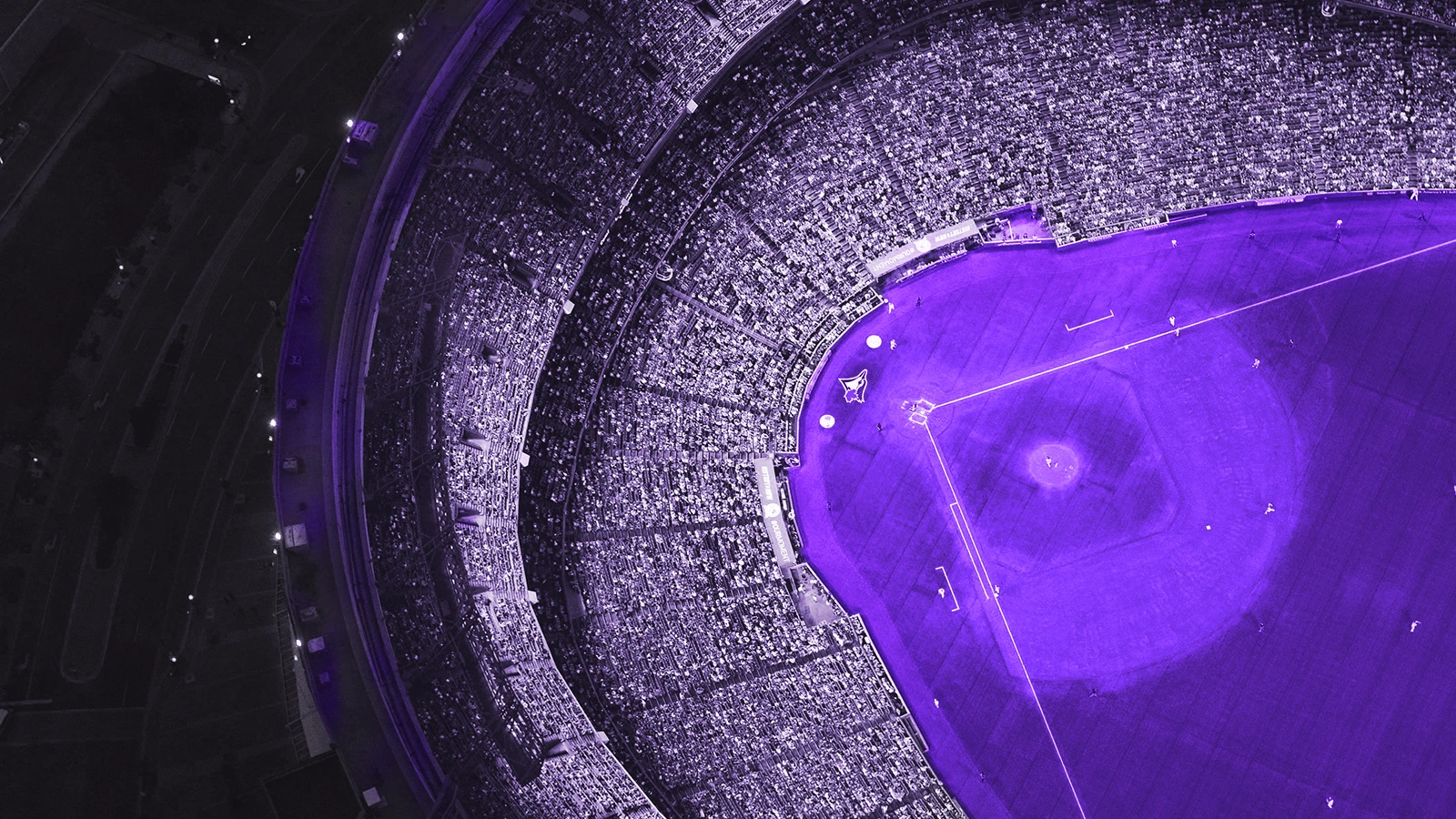World-class teams aren’t bought, they’re built. In sport or business, it’s payroll depth — not just superstar dollars — that wins, writes Jordan Claes.
I was watching Game 5 of the World Series when the historic moment landed (no, I’m not talking about the 12 strikeouts). Trey Yesavage, 22 years old, standing on the mound. Shohei Ohtani, arguably the most valuable player in modern baseball (maybe the most valuable player of all time), stepped into the batter’s box. In that one at-bat alone, Yesavage earned approximately US$462. Ohtani? $43,251. For a few swings and a short walk back to the dugout, Ohtani pocketed 76% of Yesavage’s entire 2025 major league earnings – $57,204.
The disparity is staggering, but not uncommon in sport, yet it also says something profound about how the Toronto Blue Jays, specifically, have built their team. Because Yesavage is not an outlier on this roster. He is the story.
The Blue Jays’ 2025 payroll is the seventh-highest of the 30 Major League teams, hovering around $255 million. That number tells one kind of story: a team willing to invest heavily in winning. Vladimir Guerrero Jr. is earning $28.5 million this season. Kevin Gausman, George Springer and other veterans command eight-figure salaries. This is a team that pays its stars.
But behind that top line is a very different payroll strategy, one that hinges on extracting maximum value from minimum contracts. Alongside Guerrero Jr. and Gausman are players like Nathan Lukes, Davis Schneider, Addison Barger and Yesavage himself, all earning close to MLB’s league minimum. These are just a handful of the players making under $1 million, shouldering critical playoff responsibilities for a fraction of the cost.
In business terms, the Jays are deploying a barbell compensation model: heavy investment in a few high-leverage assets, balanced by a bench of low-cost, high-upside contributors. That may sound volatile, but it’s not chaos. It’s strategy.
Let’s not romanticize underpayment. Yesavage’s major league salary is low because he was only called up in September. He’ll earn $820,000 in 2026 and receive a $4.175 million signing bonus after being drafted in 2024. But the fact remains: in the most important game of the Jays’ season, the ball was in the hands of a pitcher who, in that moment, was earning the equivalent of a night-shift casual worker in the GTA.
So far, it’s working. The Jays have made it to the World Series using this blended approach. When stars have faltered or been sidelined – as with José Berrios or Max Scherzer – it’s been the young, low-cost arms like Yesavage who have stepped up. When the bats have gone cold, it’s been Lukes or Barger delivering clutch hits. These aren’t backup players. They are the difference-makers.
And that matters, because when you’re spending $255 million on payroll, the cost of losing is enormous. This year’s competitive balance tax threshold sits at $241 million. If the Jays fall short, they’re not just dealing with disappointment. They’re facing surcharge penalties, reputational scrutiny and commercial risk. Every playoff win doesn’t just move them closer to a championship. It justifies the investment.
Contrast that with the Los Angeles Dodgers, whose Game 5 starter – Blake Snell – makes over $36 million a year. They have depth, but they’ve paid for it with premium dollars at nearly every position. Toronto, on the other hand, has had to blend.
This is the quiet revolution happening in team building across professional sports. Payroll isn’t just about how much you spend. It’s about how you spend it. Toronto’s approach is closer to portfolio management than old-school cheque-writing. High-performing, pre-arbitration players are effectively undervalued assets. Veteran stars are expensive but stable. The art is in the ratio.
There’s also a cultural element here. When you have players on minimum contracts outperforming expectations, it reshapes the clubhouse. It builds credibility and internal accountability. Everyone knows who’s being paid what — but when the guy making 10% of your salary is delivering in October, that creates a different kind of pressure.
Of course, this model has limits. The minute those low-cost players hit arbitration or free agency, their market value spikes. The window for exploiting that wage inefficiency is narrow. You have to win before the bill comes due.
This lesson extends far beyond baseball. In the race for AI and tech talent, we’re seeing a similar wage divergence. Meta and Google have reportedly offered $100 million-plus packages to lure top minds like Scale AI’s Alexandr Wang. But not every company can spend like a tech superpower. Like the Jays, businesses must develop undervalued talent, find the hidden gems and build cultures where ambition outpaces pay cheques.
And sometimes, you’re not paying for peak performance, you’re paying for playoff poise. Veterans like George Springer bring more than stats: they bring locker-room gravity. Just as firms bring in seasoned execs to steady hypergrowth teams, the Jays rely on that experience to anchor the chaos of October.
But there’s also something hopeful in this. Toronto hasn’t outspent the Dodgers or Yankees. They’ve outmaneuvered them. They’ve found players others overlooked, developed them and trusted them with the biggest moments of the season. In a league where spending has no cap, that’s the real innovation: making every dollar count.
And now, the Series returns to Toronto. Game 6 and, if necessary, Game 7 will be played at Rogers Centre. The team that has spent the year carefully balancing the books now has the biggest payoff in front of its home crowd. There’s a certain poetry to that. A certain pressure, too. As the old saying goes: “This is why you play the game.”
The city is buzzing. For fans, this is history. For sponsors, it’s reach. For management, it’s a referendum on the club’s entire strategic framework. Is this roster built for a moment or for a movement?
Some might argue you can’t build a championship without marquee spending across the board. That championships are bought, not grown. That only the Ohtanis and Snells of the world can carry the final innings. Maybe. But then again, as Tom Hanks reminded us in A League of Their Own, “It’s supposed to be hard. If it wasn’t hard, everyone would do it. The hard… is what makes it great.”
I don’t know if Toronto will win this series. But I know this: a pitcher making $462 for facing a $700 million man gave them a chance — and that’s not just a sports story. It’s the blueprint for every scrappy team taking on a giant, every undervalued talent proving the spreadsheets wrong. That’s not a glitch in the system. That’s the story of the season.
*All figures in this piece are denominated in U.S. dollars, as per MLB salary standards.





















